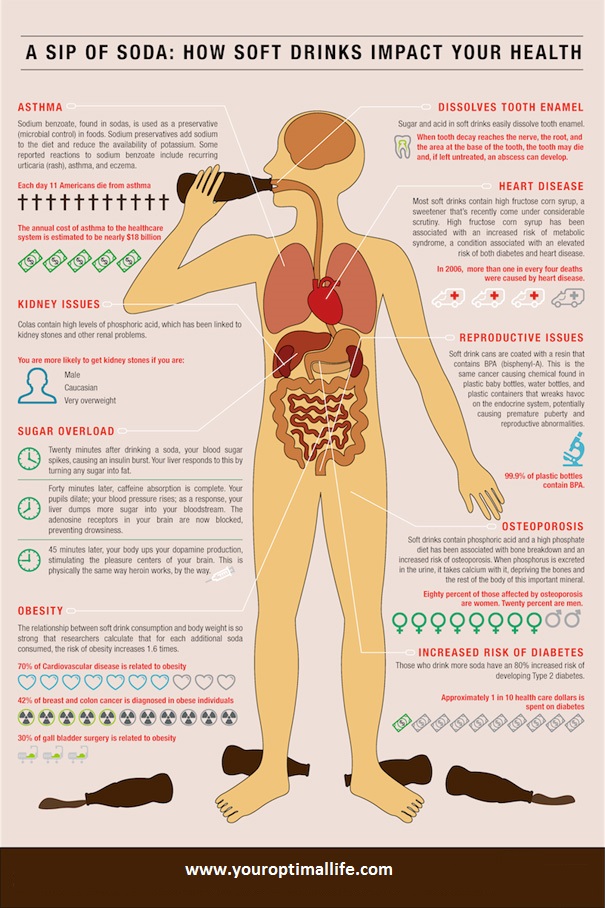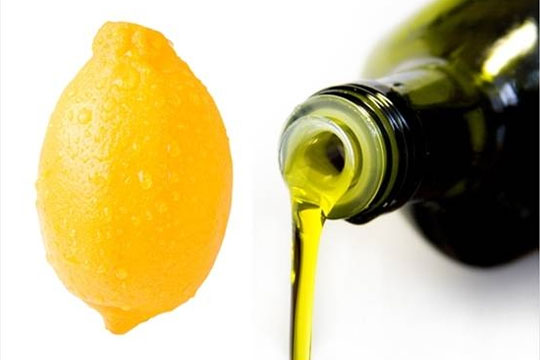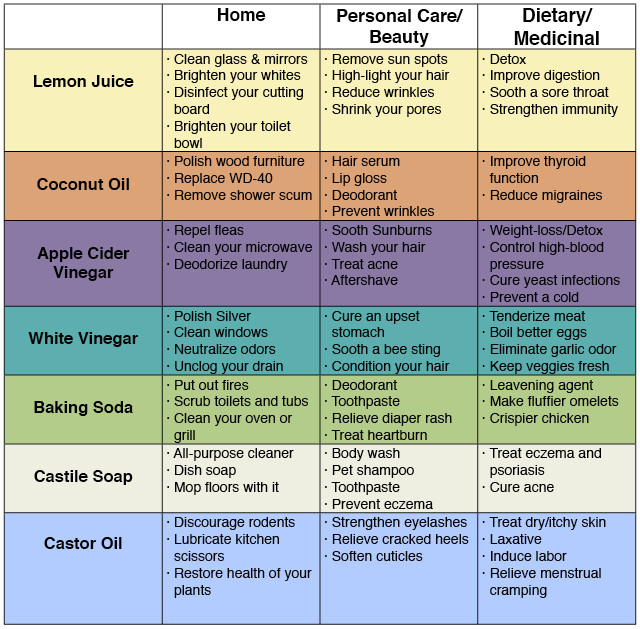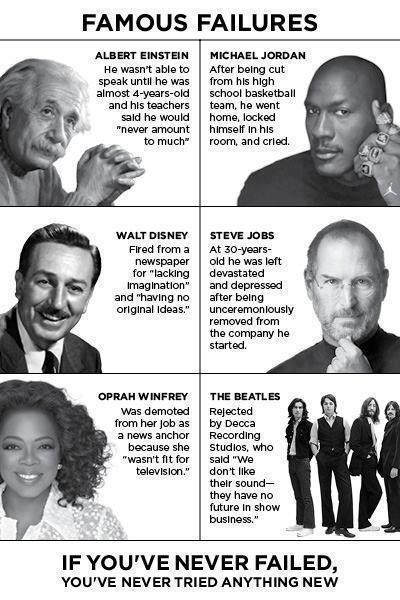





If you think the jury’s still out on whether cell phones can be dangerous to your health, then you might want to take the time to listen to this video from the Environmental Health Trust (www.ehtrust.org). Dr. Devra Davis, author of “Disconnect–The Truth About Cellphone Radiation,” has been researching the safety hazards of radiation emanating from your cell phone.
Like many people, Dr. Davis just didn’t believe the possibility of cell phones being dangerous―until she studied it. And now, with the toxicological and epidemiological evidence to back up her claims, she’s trying to get the word out that cell phone radiation is not only dangerous, but can be downright lethal.
In her lecture, Dr. Davis explains how the biological impact of your cell phone is not related to its power, which is quite weak, but rather to the erratic nature of its signal and its ability to disrupt resonance and interfere with DNA repair. This is now believed to be the most plausible theory for understanding the wide array of health impacts discovered, which includes cancer…
Can Your Cell Phone Cause Cancer?
One interesting case that can serve as an illustrative warning of the cancer-causing potential of cell phones is that of a young woman with no other predisposing risk factors for cancer who came down with multi-focal breast cancer. The case was revealed in the May issue of the Environmental Health Trust’s newsletteri. As it turns out, the young lady had the curious habit of tucking her cell phone into her bra…
Two cancer specialists, Robert Nagourney and John West, concluded there was only one other possibility that might have directly contributed to her breast cancer. “We connected the dots,” the patient said. And the dots―quite literally the pattern of the cancer, and distribution of the cancerous cells―lined up perfectly with the shape of her cell phone.
While her doctor can’t prove the cell phone caused her cancer, it should serve as a potent warning not only to other women who might tuck their phones in their bras, but also to those of you who keep your phones in your pants pocket or shirt pocket as well. As a general rule, you’ll want to avoid carrying your phone anywhere on your body. Keep in mind that the most dangerous place to be, in terms of radiation exposure, is within about six inches of the emitting antenna. You do not want any part of your body within that proximity.
Why Carrying Your Cell Phone on Your Body is a Bad Idea…
Regardless of the area exposed to the continuous radiation emitted by your cell phone, there’s the potential for harm, although certain areas are clearly more vulnerable than others.
If you are concerned more about your business phone technology, make sure you visit EATEL Business for solutions that range from phone to internet services.
For example, research published in 2009 showed evidence that wearing a cell phone on your hip may weaken an area of your pelvisii. Using an X-ray technique used in the diagnosis and monitoring of patients with osteoporosis, researchers measured pelvic bone density in 150 men who regularly carried their cell phones attached to their belts. The men carried their phones for an average of 15 hours each day, and had used cell phones for an average of six years. The researchers found that bone mineral density was lowered on the side of the pelvis where the mobile phones were carried, raising the possibility that bone density could be adversely affected by the electromagnetic fields emitted by cell phones.
It’s important to realize that as long as your cell phone is on, it emits radiation intermittently, even when you are not actually making a call. So wearing a cell phone on your hip for 15 hours a day is giving that area of your body nearly continuous radiation exposure.
Previous studies have found that cell phone radiation can affect men’s sperm count, and the quality and motility of their sperm, and this may be a far greater issue than its effect on bone density. One such study, published in PLoS Oneiii found that:
“RF-EMR in both the power density and frequency range of mobile phones enhances mitochondrial reactive oxygen species generation by human spermatozoa, decreasing the motility and vitality of these cells while stimulating DNA base adduct formation and, ultimately DNA fragmentation. These findings have clear implications for the safety of extensive mobile phone use by males of reproductive age, potentially affecting both their fertility and the health and wellbeing of their offspring.”
Men in particular may want to reconsider carrying their cell phones on their belts or in their pocket, in close proximity of their reproductive organs. In addition, you have a number of other sensitive organs in that general area, including liver, kidneys, colon and bladder—all of which are susceptible to radiation.
Recent Evidence Identifies Strong Cell Phone Cancer Link
Last year, an Israeli research group reported a sharp increase in the incidence of parotid gland tumors over the last 30 years, with the steepest increase happening after 2001. Your parotid gland is a type of salivary gland, located closest to your cheek—the same area where most people typically hold their cell phones. The researchers found a four-fold increase in parotid gland cancers from 1970 to 2006, while rates of other salivary gland cancers remained stableiv.
That same year, Dr. Siegal Sadetzki, the principal investigator of a 2008 study, testified at a U.S. Senate Hearing that cell phones were identified as a contributor to salivary gland tumors. The report states that your risk of getting a parotid tumor on the same side of your head that you use for listening to the mobile phone increases by:
•34 percent if you are a regular cell phone user and have used a mobile phone for 5 years.
•58 percent if you had more than about 5,500 calls in your lifetime.
•49 percent if you have spoken on the phone for more than 266.3 hours during your lifetime.
World Health Organizaion Classifies Cell Phone Radiation as Class B Carcinogen
Cell phone subscriptions are now estimated at 5.9 billion globallyv—that’s 87 percent of the world population! I think it’s safe to say, we’ve already passed the point of no return when it comes to this technology. But as cell phone use continues to grow unabated, a growing body of researchers is speaking out against the technology, warning that it may have serious biological side effects that must be acknowledged and remedied.
Fortunately, their warnings are slowly but surely beginning to be heard.
On May 31, 2011, the World Health Organization (WHO)/International Agency for Research on Cancer (IARC) issued a report admitting cell phones might indeed cause cancer, classifying radiofrequency electromagnetic fields as “possibly carcinogenic to humans” (Class 2B)vi. The classification came in part in response to research showing wireless telephones increase the risk for brain cancer.
According to the press releasevii:
“Dr Jonathan Samet (University of Southern California, USA), overall Chairman of the Working Group, indicated that “the evidence, while still accumulating, is strong enough to support a conclusion and the 2B classification. The conclusion means that there could be some risk, and therefore we need to keep a close watch for a link between cell phones and cancer risk.”
“Given the potential consequences for public health of this classification and findings,” said IARC Director Christopher Wild, “it is important that additional research be conducted into the long‐term, heavy use of mobile phones. Pending the availability of such information, it is important to take pragmatic measures to reduce exposure such as hands‐free devices or texting.”
Children are at Greatest Risk—Including While in Utero
Sadly, children and teens are at greatest risk—both for parotid gland tumors and brain tumors—as their thinner skull bones allow for greater penetration of cell phone radiation. The radiation can enter all the way into their midbrain, where tumors are more deadly. In addition, children’s cells reproduce more quickly, so they’re more susceptible to aggressive cell growth. Children also face a far greater lifetime exposure. According to Professor Lennart Hardell of Sweden, those who begin using cell phones heavily as teenagers have 4 to 5 times more brain cancer as young adults!
The following image, used with permission from the book Public Health SOS: The Shadow Side of the Wireless Revolution, clearly shows the differences in depth of penetration between adults and young children.
Pregnant women would also be wise to avoid cell phones as much as possible. In 2008, researchers analyzed data from nearly 13,000 children and found that exposure to cell phones while in the womb, and also during childhood, were linked to behavioral difficulties.viii Using handsets just two or three times a day during pregnancy was enough to raise the risk of their babies developing hyperactivity and difficulties with conduct, emotions, and relationships by the time they reached school age—and the risk became even greater if the children also used the phones themselves before the age of seven.
Overall, the study revealed that mothers who used mobile phones were 54 percent more likely to have children with behavioral problems. Later on, when the children began using cell phones themselves, they were:
•80 percent more likely to suffer from behavioral difficulties
•25 percent more at risk from emotional problems
•34 percent more likely to suffer from difficulties relating to their peers
•35 percent more likely to be hyperactive
•49 percent more prone to problems with conduct
Experts Adamantly Claim Harmful Effects are Now Provable
Experts in the area of the biological effects of electromagnetic frequencies (EMF) and wireless technologies believe there’s virtually no doubt that cell phones and related gadgets are capable of causing not only cancer but contributing to a wide variety of other conditions, from depression and diabetes to heart irregularities and impaired fertility. Researchers have now identified numerous mechanisms of harm, which explain how electromagnetic fields impact your cells and damages your DNA.
One such expert is Dr. Martin Blank, PhD, one of the most experienced researchers of the cellular and molecular effects of electromagnetic fields in the U.S. He gave an informative speech at the November 18, 2010 Commonwealth Club of California program, “The Health Effects of Electromagnetic Fields,” co-sponsored by ElectromagneticHealth.org. In it, he explained why your DNA, with its ‘coil of coils’ structure, is especially vulnerable to electromagnetic fields of all kinds.
As described in the International Journal of Radiation Biology, April 2011ix, DNA possesses the two structural characteristics of fractal antennas: electronic conduction, and self-symmetry.
These properties contribute to greater reactivity of DNA to electromagnetic fields than other tissues, making the long-term consequences of repeated microwave exposures to our genetic material of great concern. Dr. Blank is adamant when he says that there IS evidence of harm, and that the harm can be significant. He also points out that the science showing harmful effects has been peer-reviewed, published, and that the results have been replicated, evaluated and “judged by scientists capable of judging it.” I wrote an in-depth article about these findings back in January of last year. If you missed it, go ahead and review it now.
An analysis of the range of known mechanisms of action, including DNA effects, was published in November 2010 in “Non-Thermal Effects and Mechanisms of Interaction Between Electromagnetic Fields and Living Matterx.” Furthermore, the mobile industry’s own research in the 13-country Interphone studyxi showed a 40 percent increased risk of brain cancer from 1,640 or more hours of cell phone use, and independent Swedish research published in 2007 showed a 540 percent increased risk of brain cancer from greater than 2,000 hours of cell phone usexii.
My Top Tips for Cell Phone Safety
It’s worth remembering that the telecommunication industry is much larger than the medical industrial complex, and they have far more influence than the drug companies. They’re also mirroring many of the same tactics as the tobacco industry to peddle their wares. This includes attempting to discredit researchers who publish unfavorable cell phone studies.
As Dr. Davis shows in her lecture above, the results of any study can be accurately predicted by looking at its sponsorship. According to a review by Dr. Lai in 2008, the probability that a study will find “no effect” is two to three times higher in industry-funded studies, while independently-funded studies into the health effects of mobile technology are TWICE as likely to find a positive result.
So please, be aware that there is already robust scientific evidence that cell phones and other wireless devices pose significant health risks to all of us—especially to children and pregnant women. So while such findings are not being widely publicized as of yet, it makes sense to take action now to protect yourself and your children. You can help to minimize your exposure to electromagnetic radiation from cell phones and other wireless devices by heeding the following advice:
•Children Should Always Avoid Using Cell Phones: Barring a life-threatening emergency, children should not use a cell phone, or a wireless device of any type.
•Reduce Your Cell Phone Use: Turn your cell phone off more often. Reserve it for emergencies or important matters. As long as your cell phone is on, it emits radiation intermittently, even when you are not actually making a call. If you’re pregnant, avoiding or reducing your cell phone use may be especially important.
•Use a Land Line at Home and at Work: Although more and more people are switching to using cell phones as their exclusive phone contact, it is a dangerous trend and you can choose to opt out of the madness. SKYPE offers a portable number via your computer that can plug into any Ethernet port while traveling.
•Reduce or Eliminate Your Use of Other Wireless Devices: You would be wise to cut down your use of these devices. Just as with cell phones, it is important to ask yourself whether or not you really need to use them as often as you do. And most importantly, do not even consider having any electronic or wireless devices in the bedroom that will interfere with the quality of your sleep.
If you must use a portable home phone, use the older kind that operates at 900 MHz. They are not safer during calls, but at least many of them do not broadcast constantly even when no call is being made. Note the only way to truly be sure if there is an exposure from your cordless phone is to measure with an electrosmog meter, and it must be one that goes up to the frequency of your portable phone (so old meters won’t help much). As many portable phones are 5.8 Gigahertz, we recommend you look for RF meters that go up to 8 Gigahertz, the highest range now available in a meter suitable for consumers.
Alternatively you can be very careful with the base station placement as that causes the bulk of the problem since it transmits signals 24/7, even when you aren’t talking. So if you can keep the base station at least three rooms away from where you spend most of your time, and especially your bedroom, they may not be as damaging to your health. Another option is to just simply turn the portable phone off, only using it when you specifically need the convenience of moving about while on a call.
Ideally it would be helpful to turn off your base station every night before you go to bed.
You can find RF meters as well as remediation supplies at www.emfsafetystore.com. But you can pretty much be sure your portable phone is a problem if the technology is DECT, or digitally enhanced cordless technology.
•Use Your Cell Phone Only Where Reception is Good: The weaker the reception, the more power your phone must use to transmit, and the more power it uses, the more radiation it emits, and the deeper the dangerous radio waves penetrate into your body. Ideally, you should only use your phone with full bars and good reception.
•Avoid Carrying Your Phone on Your Body as that merely maximizes any potential exposure. Ideally put it in your purse or carrying bag. Placing a cell phone in a shirt pocket over the heart is asking for trouble, as is placing it in a man’s pocket if he seeks to preserve his fertility.
•Don’t Assume One Cell Phone is Safer than Another: There’s no such thing as a “safe” cell phone. This is particularly true for industry promoted SAR ratings, which are virtually useless in measuring the true potential biological danger as most all of the damage is not done by heat transfer, which SAR measures.
•Keep Your Cell Phone Away From Your Body When it is On: The most dangerous place to be, in terms of radiation exposure, is within about six inches of the emitting antenna. You do not want any part of your body within that area.
•Respect Others Who are More Sensitive: Some people who have become sensitive can feel the effects of others’ cell phones in the same room, even when it is on but not being used. If you are in a meeting, on public transportation, in a courtroom or other public places, such as a doctor’s office, keep your cell phone turned off out of consideration for the ‘second hand radiation’ effects. Children are also more vulnerable, so please avoid using your cell phone near children.
If you are using the Pong case, which redirects the cell phone radiation away from the head and successfully lowers the SAR effect, realize that in redirecting the radiation away from your head this may be intensifying the radiation in another direction, perhaps toward the person next to you, or, if in your pocket, increasing radiation intensity toward your body. Caution is always advised in dealing with any radiation-emitting device. We recommend cell phones be kept ‘Off’ except for emergencies.
•Use Safer Headset Technology: Wired headsets will certainly allow you to keep the cell phone farther away from your body. However, if a wired headset is not well-shielded — and most of them are not — the wire itself acts as an antenna attracting ambient radio waves and transmitting radiation directly to your brain.
Make sure that the wire used to transmit the signal to your ear is shielded.
The best kind of headset to use is a combination shielded wire and air-tube headset. These operate like a stethoscope, transmitting the information to your head as an actual sound wave; although there are wires that still must be shielded, there is no wire that goes all the way up to your head.

Source: Originally posted on Mercola.com



















